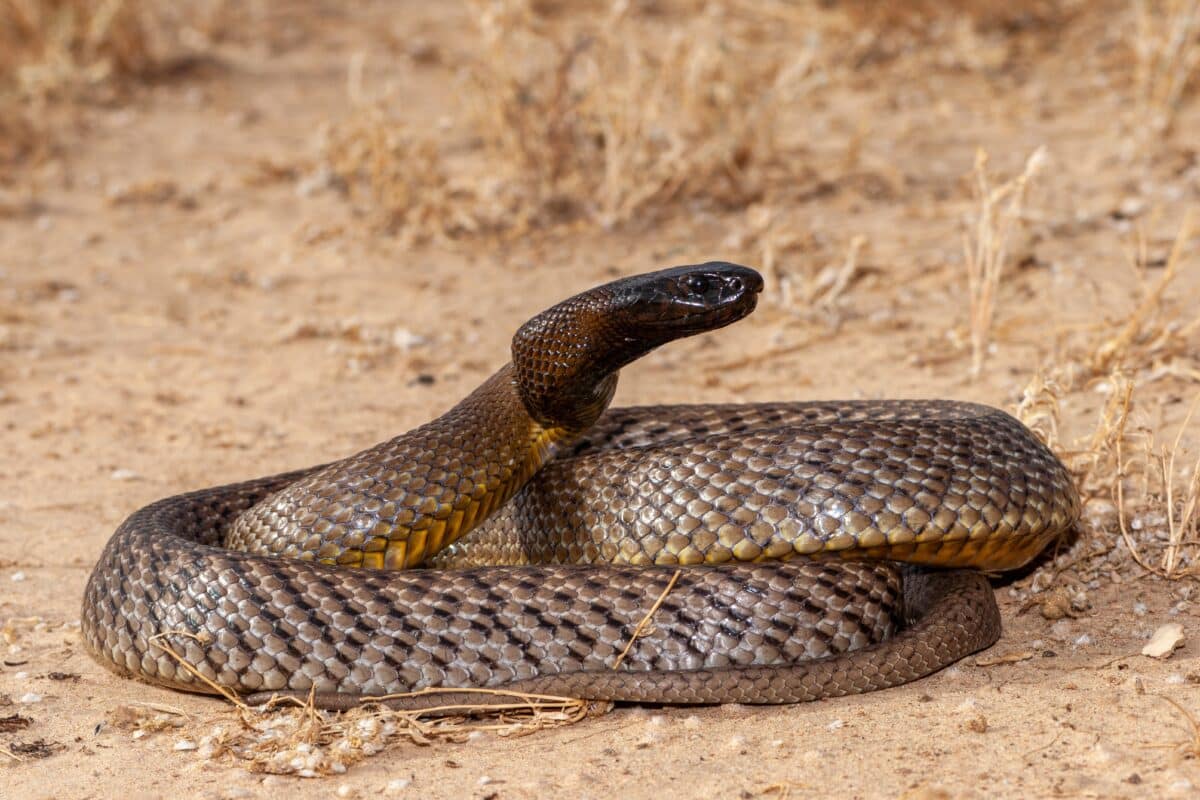Introduction
When it comes to the remarkable world of serpents, few varieties capture the creativity rather like the baby tiger snake. Recognized for their distinct pigmentation and potent venom, https://griffinxczb238.hpage.com/post1.html these serpents are an essential part of Australia's special ecosystem. In this detailed post, we will certainly look into numerous facets of child tiger snakes, including their habits, habitat, and just how to safely engage with them. Whether you're a wildlife enthusiast or merely curious regarding these animals, comprehending infant tiger serpents can assist promote a much deeper recognition for nature.
Baby Tiger Snakes: What You Required to Find Out About Their Actions and Habitat
What Are Infant Tiger Snakes?
Baby tiger snakes are juvenile forms of the very venomous types understood medically as Notechis scutatus These serpents are mostly discovered in seaside regions of Australia, particularly in Tasmania and southern Victoria. As they expand, their pigmentation changes from an extra muted scheme to the particular yellow and black bands that provide their name.
One significant aspect of baby tiger snakes is their size; hatchlings generally determine around 25-30 cm in size. Despite their little stature, they have a surprising quantity of poison that can be damaging to people if bitten.

Physical Characteristics
Tiger snakes possess numerous crucial physical traits:

- Coloration: The distinctive banding pattern often comes to be much more obvious as they mature. Size: Grownups can get to sizes of as much as 2 meters. Body Shape: They have a durable body that helps in swimming and earthbound movement.
Where Do Child Tiger Snakes Live? Understanding Their Habitat
Understanding the habitat preferences of child tiger serpents is essential for both preservation efforts and public safety. These snakes grow in different atmospheres:
- Wetlands: Marshes and swamps supply sufficient searching grounds. Coastal Regions: Commonly located near coastlines where they can search for prey. Woodlands: Thick plant life supplies cover from predators.
Geographical Distribution
Tiger snakes are predominantly discovered along Australia's southern shoreline, consisting of:
- Tasmania: Home to among one of the most infamous populations. Victoria: Particularly in locations near water bodies.
Are Tiger Snakes Venomous? A Deep Study Their Venom
One common inquiry arises when talking about infant tiger serpents: "Are tiger snakes poisonous?" The response is an unquestionable yes!
Venom Composition
The poison of tiger snakes contains neurotoxins that can cause paralysis, coagulopathy (blood clotting issues), and possibly fatality if untreated. Below's what you require to recognize:
- Effects on Humans: A bite from a tiger snake can lead to signs like swelling, discomfort at the bite website, queasiness, and even respiratory failure.
Comparison with Other Poisonous Snakes
In comparison to other Australian serpents such as the eastern brownish snake or king brown serpent, tiger serpent poison is taken into consideration amongst one of the most potent. Nonetheless, fatalities are unusual as a result of enhanced medical therapies and access to antivenom.
Behavioral Patterns of Baby Tiger Snakes
Understanding just how infant tiger snakes behave is vital for those that live in or go to areas where these reptiles are prevalent.
Nocturnal Habits
Most child tiger serpents exhibit nighttime actions. They tend to forage for food throughout cooler evening temperature levels. This adaptability assists them prevent killers while boosting their hunting efficiency.
Hunting Techniques
Their searching methods include:
- Ambush Predation: Waiting stationary up until target comes close. Active Foraging: Proactively moving with plant life or along waterways looking for food.
First Aid for Snake Bites: What You Must Know
Despite being remarkable creatures, encounters with infant tiger snakes can cause dangerous scenarios if attacks occur. Recognizing first aid procedures can save lives.
Immediate Steps After a Bite
Remain calm; panic raises heart rate. Immobilize the impacted limb utilizing a splint or bandage. Seek immediate medical interest-- antivenom may be necessary.Creating a Serpent Bite Emergency Treatment Kit
A well-prepared emergency treatment kit ought to consist of:
|Item|Purpose|| ------------------------------|--------------------------------------|| Compression plaster|To incapacitate the arm or leg|| Splint|Stabilizes busted bones or joints|| Antihistamines|Alleviates allergic reactions|| Emergency contact numbers|Quick access during emergencies|
Common Misconceptions Regarding Tiger Snakes Debunked
Many myths border these interesting reptiles; allow's clarify some false impressions generally held by people.
Myth # 1: All Tiger Snakes Are Aggressive
While some people may display defensive actions when threatened, not all tiger snakes display screen aggression in the direction of people unless provoked.

Myth # 2: Infant Tiger Snakes Are Less Unsafe Than Adults
This misconception might not be better from the reality! Infant tiger serpents consist of nearly as much venom as grownups about their dimension; hence they position significant threats if bitten.
FAQs Concerning Infant Tiger Snakes
What do baby tiger snakes eat?- They largely consume little mammals, birds, frogs, and fish.
- Look for slim bodies with faint banding patterns that become a lot more obvious as they mature.
- Yes! Birds of prey and larger reptiles may target them.
- Typically every couple of weeks as they grow rapidly during their early life stages.
- While some people do maintain them unlawfully without permits because of their harmful nature; it's typically not recommended offered their venomous status.
- With prompt medical therapy-- consisting of antivenom-- the survival price is high!
Conclusion
In summary, comprehending child tiger snakes-- what they eat, where they live, how they act-- can outfit us with valuable expertise about these impressive yet unsafe creatures. The importance of education bordering emergency treatment steps can not be overstated; knowing how to respond efficiently after a bite might save lives while fostering regard for our wriggling neighbors within Australia's rich biodiversity Local Effects range.
By valuing these snakes' duties within environments-- Snake awareness Australia and identifying potential risks-- we advertise conjunction rather than fear-based reactions toward one another's existence in nature's grand tapestry! Whether you're a serious hiker pondering your following adventure or simply curious concerning local wild animals experiences near home-- this guide functions as your trusted reference factor on the enigmatic world occupied by our buddies-- the stunning baby tiger snake!